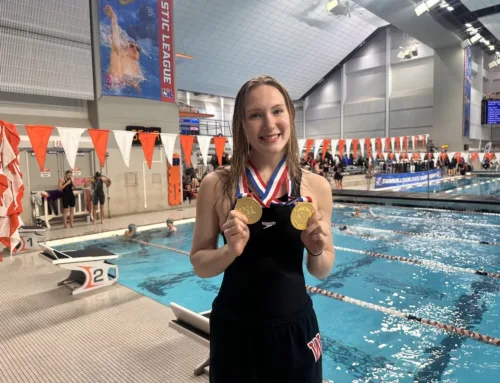Question: Assume one high school counselor is responsible for the lives of 500 students. How long would it take for the counselor to spend an hour with each student, assuming the counselor spent six hours of each workday talking with students?
Answer: It would take one counselor 83.3 workdays (nearly four months) to spend one hour with each of 500 students.
If this was a question on the Texas Assessment of Academic Skills test, statistics show that 58.5 percent of last year’s Woodrow Wilson High School sophomores wouldn’t have answered correctly.
So if that many Woodrow students are doing poorly in basic math, why is Woodrow’s student-to-counselor ratio the worst among all Dallas public high schools? And why did Woodrow have to wait until its second semester to have enough math teachers this school year?
The answer to this question is pretty straightforward: Woodrow’s resources are representative of those currently available to older Dallas public high schools, says administrator Ruben Olivarez, who oversees Woodrow and its feeder schools.
If that’s true, and if you’ve read our cover story this month, then our older neighborhood schools are in a lot of trouble.
In fairness to Olivarez, he appears to be a caring educator who really wants to make a difference. But while Olivarez and his boss, new Dallas Public Schools Superintendent Yvonne Gonzalez, get their feet wet, plenty of students are receiving an inferior education at Woodrow.
Of course, it’s not fair to lay the blame solely at the feet of Olivarez, Gonzalez and the school board.
Another problem needs to be addressed: Most of Woodrow’s students don’t seem to have anyone at home pushing them to learn.
Many students don’t have two parents; some don’t have even have one. Fifty-three percent of the school’s students qualify for free or reduced lunches. To qualify, a family of five has to have an income less than $24,000 annually.
To many kids at Woodrow aren’t learning because no one they care about is encouraging them to learn.
So what is the answer?
Woodrow’s new science teacher, Tanya Tovar, is on the right track. She’s trying to collect Minyard grocery store receipts so she can raise enough money (it takes $48,500 in receipts) to buy one state-of-the-art microscope for her science labs, which average between 30 and 40 students.
In a perfect world, every student should be sitting behind one of these microscopes every day. And I’m sure Tovar realizes how long it could take to collect enough receipts to put 40 microscopes in her labs.
But she’s out there anyway, plugging away against the odds, trying to collect enough receipts to make her first microscope a reality.
There’s a lesson here for all of us, district educators and school board members included.
We have to start ignoring the 15 or 20 whiners who are captivating the major media, and we have to start taking action, however insignificant it may seem initially. A few grocery store receipts – and perhaps a few more math teachers and counselors – would be a good place to start.
Maybe you work for a company that could donate a microscope or a band instrument or even a Xerox machine. (Woodrow only has one copier for a school with a combined student and teacher population of about 1,600 people.)
Maybe you shop at Minyard’s and wouldn’t mind sticking your receipts in an envelope and mailing them to the Advocate on Woodrow’s behalf. Maybe you have enough time to tutor one of the kids who doesn’t have any family support. Give me a call at 214-823-5885, ext. 212, and I’ll tell you who to contact.
I know none of this is going to make the daily newspaper headlines. And it’s a safe bet the major TV stations aren’t going to stop by.
But a few kids’ lives will improve today, and the ripple effect will rub off on a few other kids.
And maybe in a few years, Woodrow’s progress will make headlines as a Dallas Public Schools role model.





